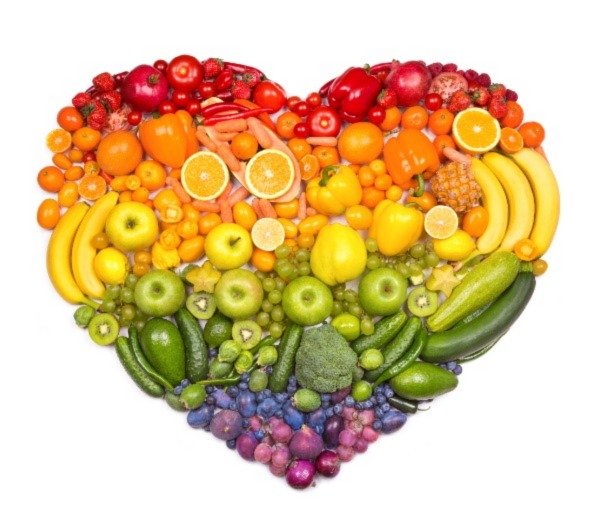Are you eating healthy?
All fruits and vegetables contain important vitamins, minerals, and fiber.
It is easy to incorporate a variety of fruit and vegetables into your daily diet.
There are thousands of recipes available for every single type of fruit and vegetable that you can find in your market.
Some research has claimed that a diet with high fruit and vegetable content can reduce the risk of cancer, diabetes, and heart disease.
Every meal should accompany fresh, grilled, or sauteed vegetables.
Fresh fruit as a dessert is already sweet and doesn’t need sugary addition in ice cream or a cake.
Vitamins and minerals in fruit and vegetables
You can find a variety of vitamins and minerals in all fruits and vegetables. Depending on what vitamin or mineral you want to add to your diet, you can select the right one.
Common vitamins found in fruit and vegetables are vitamins A, in the form of beta-carotene, C, and E. Some common minerals are magnesium, zinc, phosphorous, and folic acid.
Fruit and vegetables for good health
Vegetables are low in fat, salt, and sugar, but fruit can have high sugar content and should therefore be consumed in smaller portions.
Both fruit and vegetables are great sources of dietary fiber.
If you increase the vegetable portion in each meal and enjoy a fruit after the meal rather than a sugary desert, you will:
- improve your body’s immune system
- reduce your BMI
- lower your cholesterol
- lower blood pressure
Fruit and vegetables and protection against diseases
Fruit and vegetables are usually considered essential parts of a healthy diet.
Many researchers have tried to document the benefits of vitamins, minerals, or other chemicals found in fruit and vegetables.
Some of those researchers claim that higher consumption of fruit and vegetables can be a prophylactic effect on the following diseases:
- Type 2 diabetes
- Stroke
- Heart disease
- Some forms of cancer
- High blood pressure
Colors of fruit and vegetable matter
If you eat a variety of healthy fruit and vegetables, it is more likely you will get all the vitamins and minerals that your body needs.
The U.S. Department of Agriculture (USDA) recommends a minimum daily intake of 1.5 cups of fruit and 2.5 cups of vegetables for females aged 14–18 years and 2 cups of fruit and 3 cups for males aged 14–18.
Foods of similar colors generally contain similar protective compounds.
A colorful selection of fruits and vegetables daily will get you the full range of health benefits.
Red foods contain lycopene, which reduces the risk of prostate cancer and some heart disease.
Green vegetables contain lutein and zeaxanthin, which may help protect against age-related eye disease.
Blue and purple foods contain anthocyanins, which may help protect the body from some types of cancer
White vegetables contain sulforaphane and may also help protect against some cancers.
Select fresh fruits and vegetables
Eating a good variety of fruit and vegetables will help maximize the benefits to your health.
But it is also essential that you choose fresh produce from organic sources.
How to enjoy Fruit and vegetables
Cooking can impact the vitamin and mineral content and affect digestion uptake.
Vegetables and fruit are great snacks for work or school.
Include them in everyone’s meals and snacks for a healthy, well-balanced diet.
Read about the best way to store your produce, but ensure everyone can access them easily.
Keep fresh fruit on the kitchen counter so that they are the first thing your family members see when they come searching for a snack.
Some simple ways to serve fruits and vegetables include:
- fruit and vegetable salads
- vegetable or meat-and-vegetable stir-fries
- raw fruit and vegetables
- vegetable soups
Snack packs with dried fruits can have a high sugar content so rather steer away from those.
Fruit juice should be consumed fresh, otherwise, it will lose some nutrients and contains a lot of sugar.




